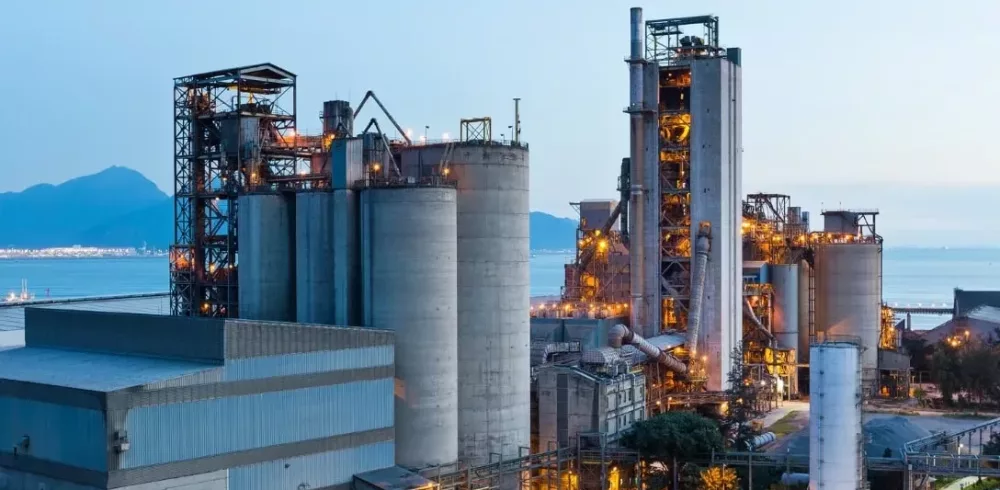Hazards created during turnarounds, maintenance, and repair works, such as dust, fumes, and vibration, can pose serious health risks to workers and those nearby. Exposure to hazards could cause short-term health complications, or over a longer period of exposure, could lead to life-long diseases or cancer.
How to keep workers safe during turnaround, maintenance, and repair projects
In many cases, it is too expensive to shut down operations while maintenance work is carried out. Therefore, it is important to install hazard control solutions that will enable the facility to remain live whilst keeping everyone within the vicinity safe while work takes place.
RVT Group are experts in health hazard control with over 30 years of experience. Not only do they provide specialist hazard control solutions, but they also offer free educational resources to raise awareness of the safety measures that should be implemented on site. Download the abundance of free resources available to you below.
Identifying and controlling health hazards | Download Free Industrial Guides
- DUST – An excessive amount of dust is produced when using power tools to cut, grind, drill or prepare a surface. To ensure that airborne dust is not inhaled by workers and does not migrate into sensitive areas of the facility, the dust needs to captured, contained and controlled at the source. RVT’s ‘10-point Dust Control Checklist’ has easy-to-follow steps to ensure everyone is kept safe from hazardous dust.
Click here to download your free checklist.
- FUMES – Activities such as painting, welding, and burning creates dangerous airborne particles that can quickly damage a person’s health if inhaled. If exposed to dangerous fumes, a person could experience anything from dizziness and fatigue, or over a longer exposure period, they could even develop lung disease or heart disease. To help you manage fumes during industrial projects, RVT Group have compiled a best practice whitepaper around ‘effective fume control’.
Click here to download your best practice whitepaper.
- VENTILATION AND CONFINED SPACE EQUIPMENT– When working at power stations, oil-refineries, and other high-risk environments, it is highly likely that there will be scenarios where maintenance workers will need to work in a confined space. There are various factors that can make a confined space a hazardous environment, such as a build-up of noxious fumes, reduced oxygen levels or a risk of fire, making temporary ventilation solutions an essential requirement. RVT offer a free beginners guide on ‘working in a confined space’. This guide explains how to effectively assess your site environment before and during confined space projects.
Click here to download your copy
- HAZARD MONITORING – Manufacturing facilities contain sensitive environments; any airborne dust, change in temperature or unexpected vibration, could put the whole production facility at risk. Therefore, during maintenance and upgrade works, it is important to monitor conditions in any adjacent ‘live’ facilities to ensure that people and production lines are not being negatively impacted by work on site. Installing suitable monitoring units will continuously measure hazards during any repair or maintenance work on site. Data can also be used to demonstrate compliance with HSE’s exposure limits.
Click here to download RVT’s monitoring whitepaper
RVT Group can also support with noise control, climate control and exhaust fume extraction.
Supporting The Industrial Sector
Find out how noise was controlled, and good air quality maintained during a hydro demolition project at Heysham Power Station – click here
Discover how the contamination of food products was avoided during maintenance works at a food manufacturing plant – click here
Further Information
Learn more about hazard control solutions for industrial projects by clicking here.
Alternatively, please click here to submit your request for free best practice advice from an RVT consultant.
Manufacturing & Engineering Magazine | The Home of Manufacturing Industry News















